Scientist of the Day - George Ritchey
George Willis Ritchey, an American optician, telescope designer, and self-taught astronomer, was born Dec. 31, 1864. Like his father and grandfather before him, he started out making furniture in Evansville, Indiana, before discovering the pleasure of telescope making. He met George Ellery Hale, an up-and-coming astronomical entrepreneur, at the World's Columbian Exposition in Chicago in 1893, and the two hit it off immediately. Hale had recently found the means (in the form of Charles Yerkes) to build a new refractor, the world's largest, for the University of Chicago, up in Williams Bay, Wisconsin, and Ritchey was hired on to head up the optical shop. After the Yerkes 40-inch refractor was installed in 1897, Ritchey discovered that he had the patience and skill to take long-exposure photographs (often 8 hours or more of continuous tracking) of the heavens. We featured a lunar photograph, taken by Ritchey with the Yerkes refractor in 1900, in our exhibition, The Face of the Moon; you may see the entry here. Some of his lunar work was so good that when G. W. Kuiper put together his Photographic Lunar Atlas in 1960, featuring the best lunar photographs ever taken, three of Ritchey’s, although 60 years old, were chosen for inclusion.
Ritchey and Hale soon realized that they needed a bigger telescope, and that reflecting telescopes, using mirrors ground from glass and then coated with a thin silver reflecting surface, were the instruments of the future. They ordered a 60-inch glass blank from the Saint-Gobain optical works in France, but they had no funds to grind it into shape. Ritchey contented himself with building a 24-inch reflector on his own.
In 1904, thanks to an influx of money from the Carnegie Institution of Washington, Hale and Ritchey moved from Chicago to Mount Wilson, near Pasadena, California, where the Carnegie Institution was interested in building a new observatory, and where the seeing was much better than at Williams Bay. Ritchey was not only put in charge of the new optical shop, but he designed the new 60-inch telescope, which was the largest in the world when it opened in 1908, and he supervised the grinding of the mirror. It was a little tricky to install it on top of Mount Wilson, because unlike back in Illinois, where a railroad track ran right from Chicago to the front door of the Yerkes Observatory, there was barely a path up Mount Wilson. The path had to be broadened into a narrow road just barely wide enough for the trucks carrying the telescope structure and the 60-inch mirror up the mountain. But once installed, the 60-inch reflector turned out to be a wonder, thanks to Ritchey’s skill at grinding the primary mirror to the exact parabolic shape needed, as well as shaping the secondary mirrors that formed the image and maneuvered it out of the telescope. The 60-inch Mount Wilson telescope opened (saw its “first light”) on this day, Dec. 8, 1908, which is why it gets the lion’s share of the images in today’s post.
One of Ritchey's early photographs with the 60-inch reflector captured the wispy detail of the Great Nebula in Orion (sixth image). It is hard to believe that it had been only 25 years since A. A. Common took the first good photograph of the Orion Nebula with his 36-inch reflector. It was considered to be the astro-photographic wonder of the 19th century, and yet Ritchey's photograph of 1908 was measurably superior in every respect.
Hale and Ritchey had already begun planning a larger reflector, using a 100-inch mirror, and Hale found a donor, John D. Hooker, who was willing, even eager, to provide the half-million dollars it would cost, but casting a glass blank over 8 feet across proved to be a tall order for the Saint-Gobain Glass works, and they recorded failure after failure before finally producing a successful blank. The problem with casting large glass blanks is that you usually don't even know you have a failure until you take the casting out of the annealing oven, where it has been cooling for up to a year. Hale and Ritchey were both continually exasperated by their inability to get news of progress from France, and both were afraid they might lose Hooker's support. A good blank was finally delivered, and the 100" Hooker telescope was built and opened in 1917, but during the process, the relationship between Hale and Ritchie fell apart, as Hale learned Ritchie was maneuvering with Hooker behind his back. Eventually, Ritchey was fired from the Mount Wilson staff, cutting short what had promised to be an illustrious institutional career, and Ritchey instead consulted on telescope design and construction on his own until his death in 1945. Fortunately, he and Henri Chrétien, a French optician, had invented back in 1910 a new kind of telescope, called the Ritchey-Chrétien telescope (RCT), which is relatively compact and has two hyperbolic mirrors that combine to nearly eliminate coma, an optical aberration that is inevitable in telescopes with parabolic mirrors. The RCT design was rejected by Hale for the 100-inch Hooker telescope and for the 200-inch reflector on Mount Palomar (1949), but it has since been adopted as the design of choice for virtually every other large telescope built since 1950.
Since Hale stayed on at Mount Wilson after Ritchey was forced out, and because Walter Adams, assistant to Hale and later director at Mount Wilson, supported the firing of Ritchey, Ritchey’s side of the story was generally unknown for half a century, and his reputation suffered accordingly. Fortunately for Ritchey, and for us, Donald Osterbrock brought Ritchey back to prominence in his Pauper and Prince: Ritchey, Hale, and Big American Telescopes (1993). If you are interested in discovering what happens when two strong-minded and capable individuals have differences of opinion, and one has money and a position of power and one does not, I recommend the book to you, although I am sure you would have no problem predicting the outcome.
William B. Ashworth, Jr., Consultant for the History of Science, Linda Hall Library and Associate Professor emeritus, Department of History, University of Missouri-Kansas City. Comments or corrections are welcome; please direct to ashworthw@umkc.edu.

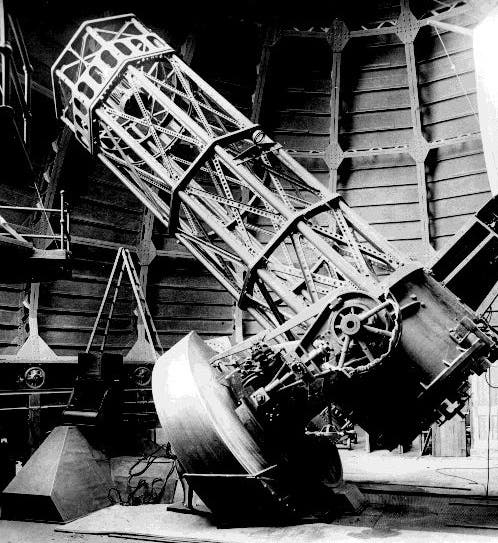
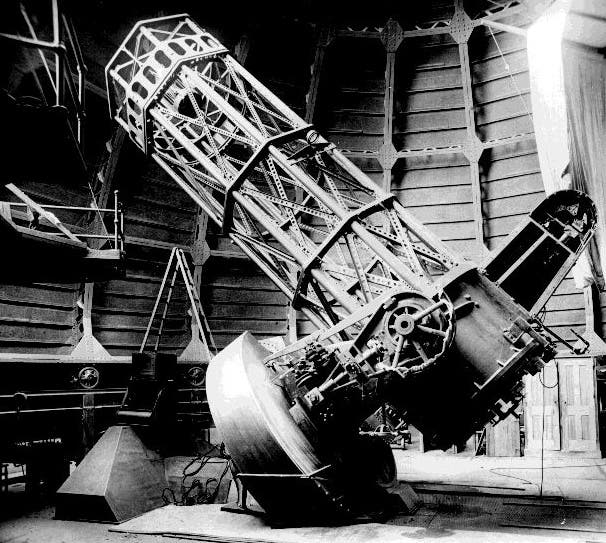

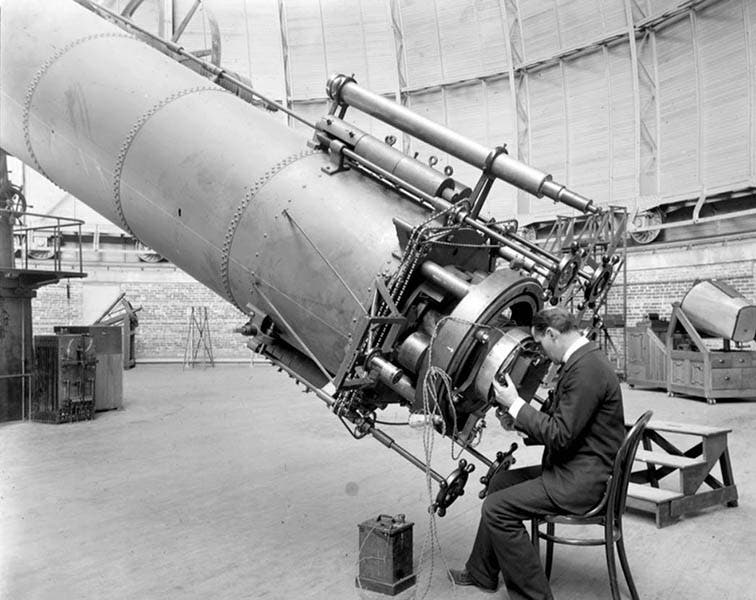
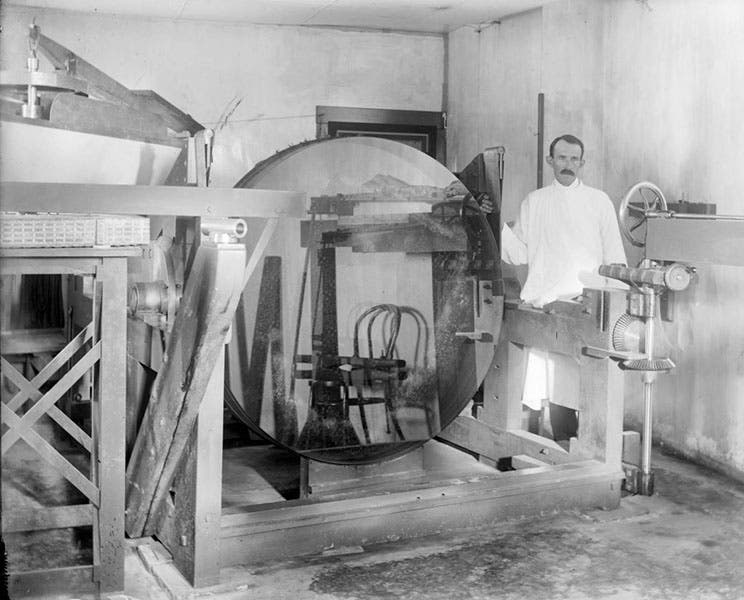
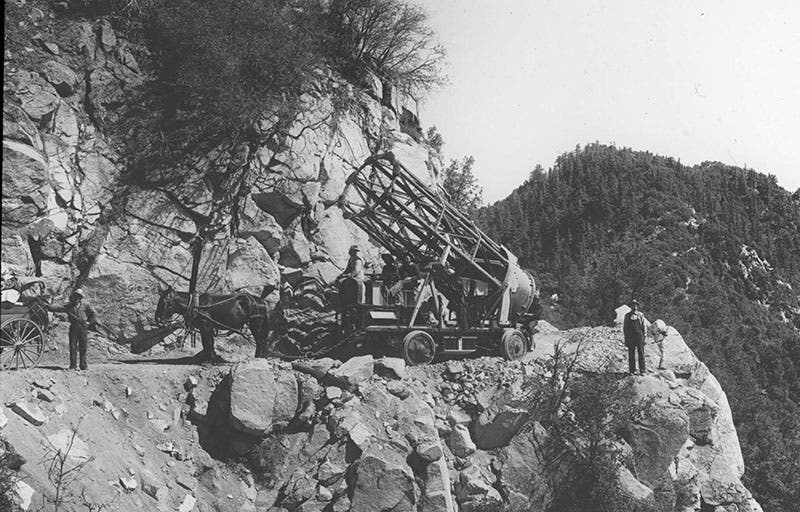
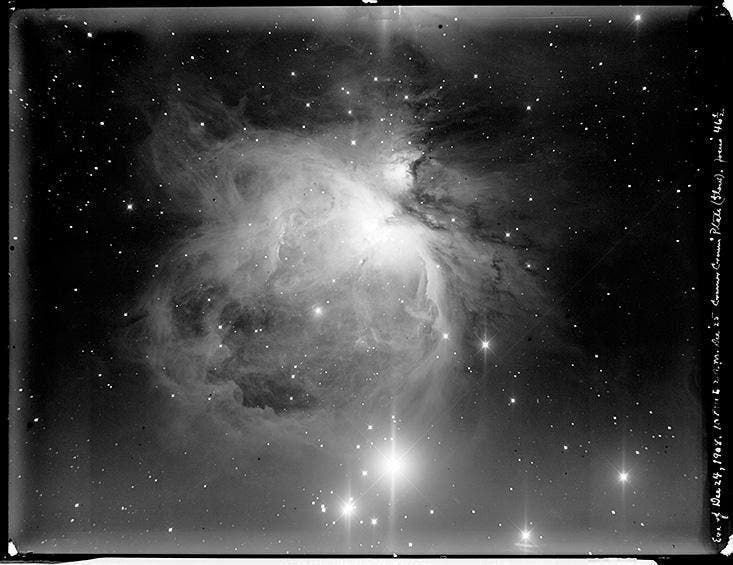


![Columbine, hand-colored woodcut, [Gart der Gesundheit], printed by Peter Schoeffer, Mainz, chap. 162, 1485 (Linda Hall Library)](https://assets-us-01.kc-usercontent.com:443/9dd25524-761a-000d-d79f-86a5086d4774/3829b99e-a030-4a36-8bdd-27295454c30c/gart1.jpg?w=210&h=210&auto=format&fit=crop)

